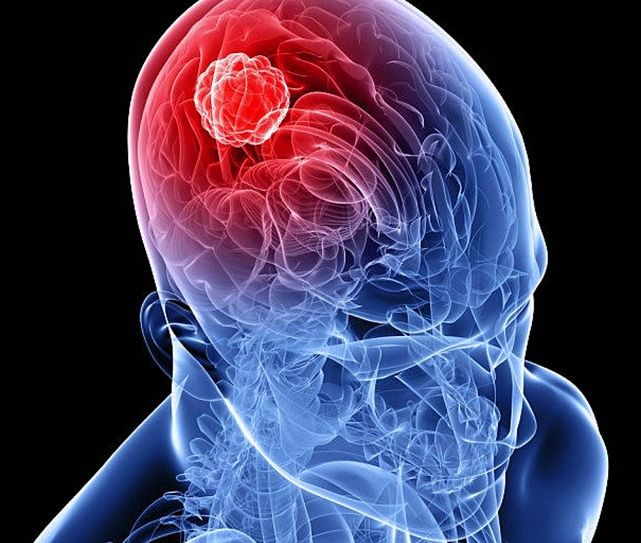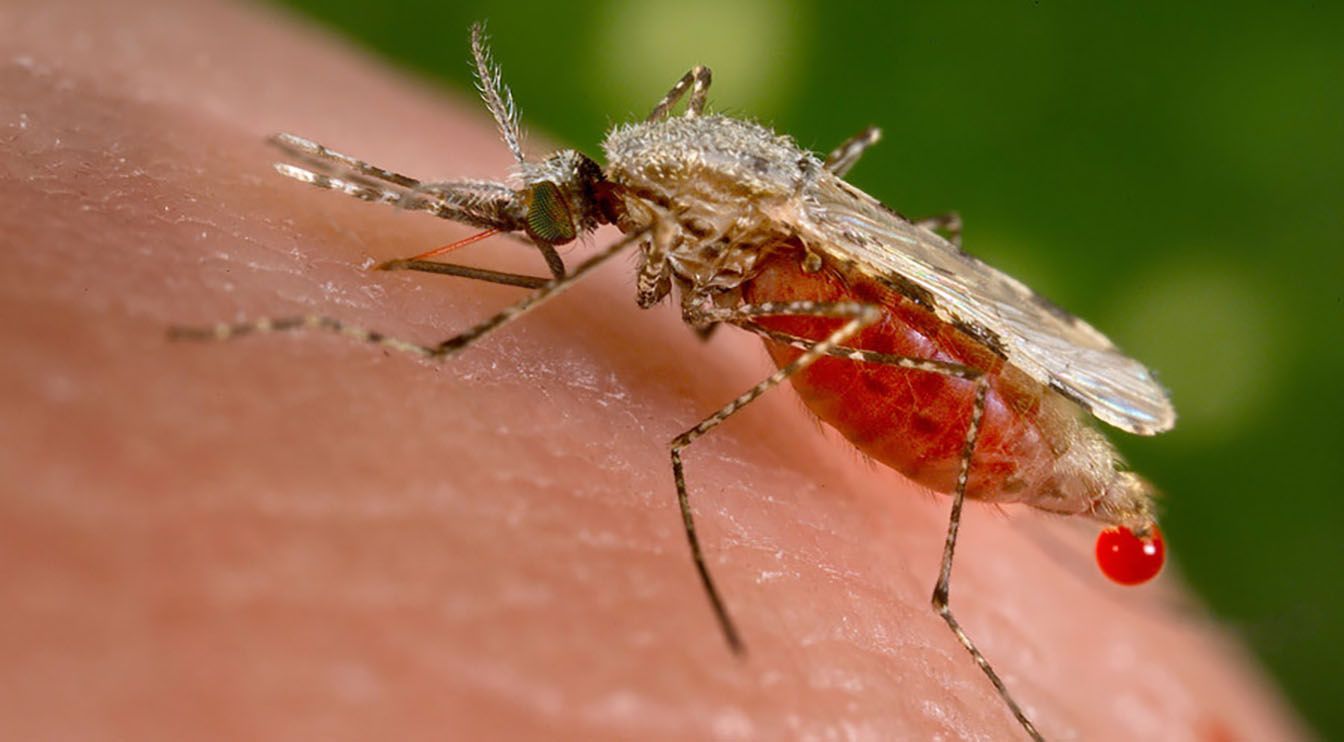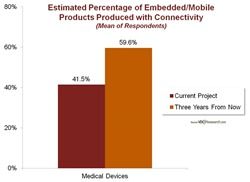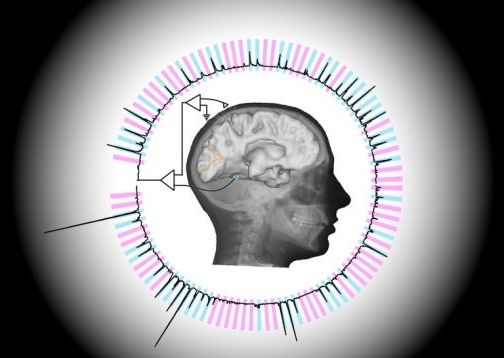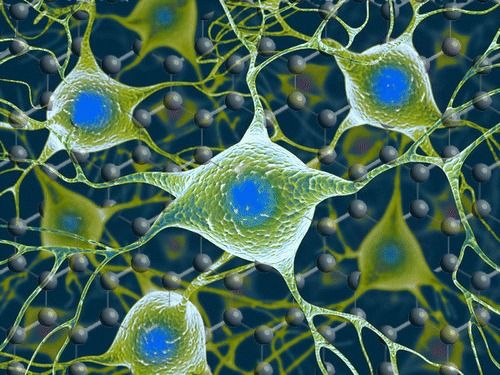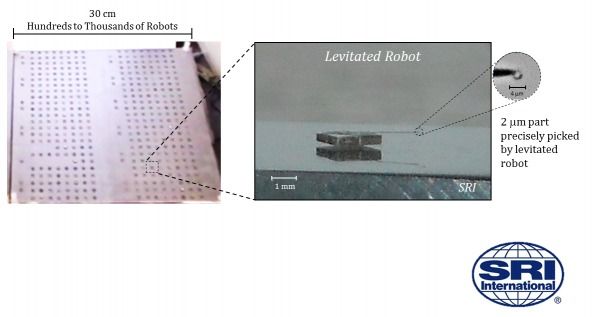Jan 30, 2016
Research: Device Claims To Suppress Brain-Cancer Cell Growth
Posted by Karen Hurst in categories: biotech/medical, neuroscience, wearables
One key question can it help control Glioblastoma.
A new “wearable” device being tested to suppress brain-cancer cell growth in patients ended its clinical trials early with positive results. Optune is a battery powered device researchers claim will extend the life of a patient with “newly diagnosed glioblastoma” when it is paired with traditional temozolomide chemotherapy. Researches were confident enough in its effectiveness to end the clinical trials (which ran from July 2009 to November 2014) of the device early. The device is likely not “the cure for cancer,” but it is a step forward in extending the life expectancy of brain-cancer patients and more research will be needed to see if it may be effective on other forms of cancer.
“With this new data, it appears the tumor-treating fields should be used upfront and become a standard of care. We should add this modality to what we’re currently doing for our patients,” said Dr. Maciej Mrugala, a brain-cancer specialist who led UW Medicine’s participation in the clinical trial.
Continue reading “Research: Device Claims To Suppress Brain-Cancer Cell Growth” »
